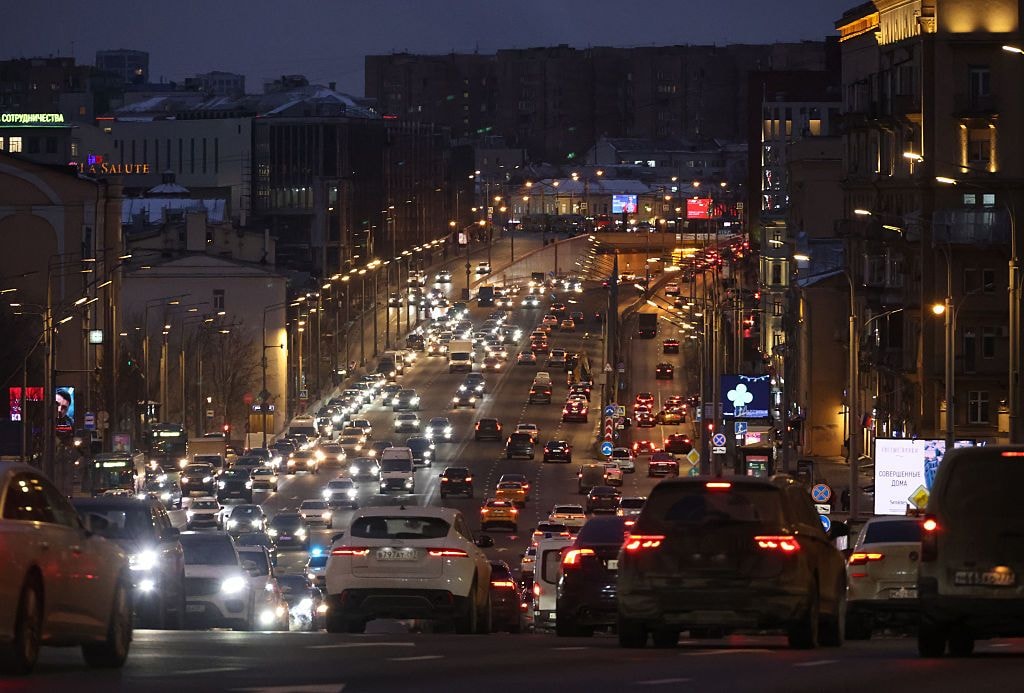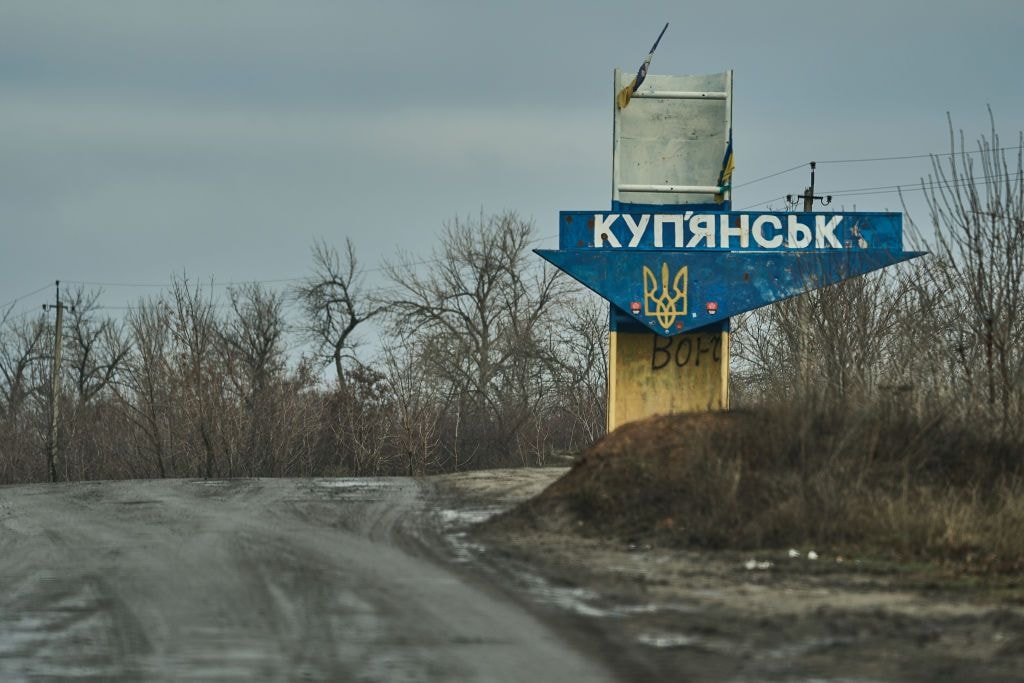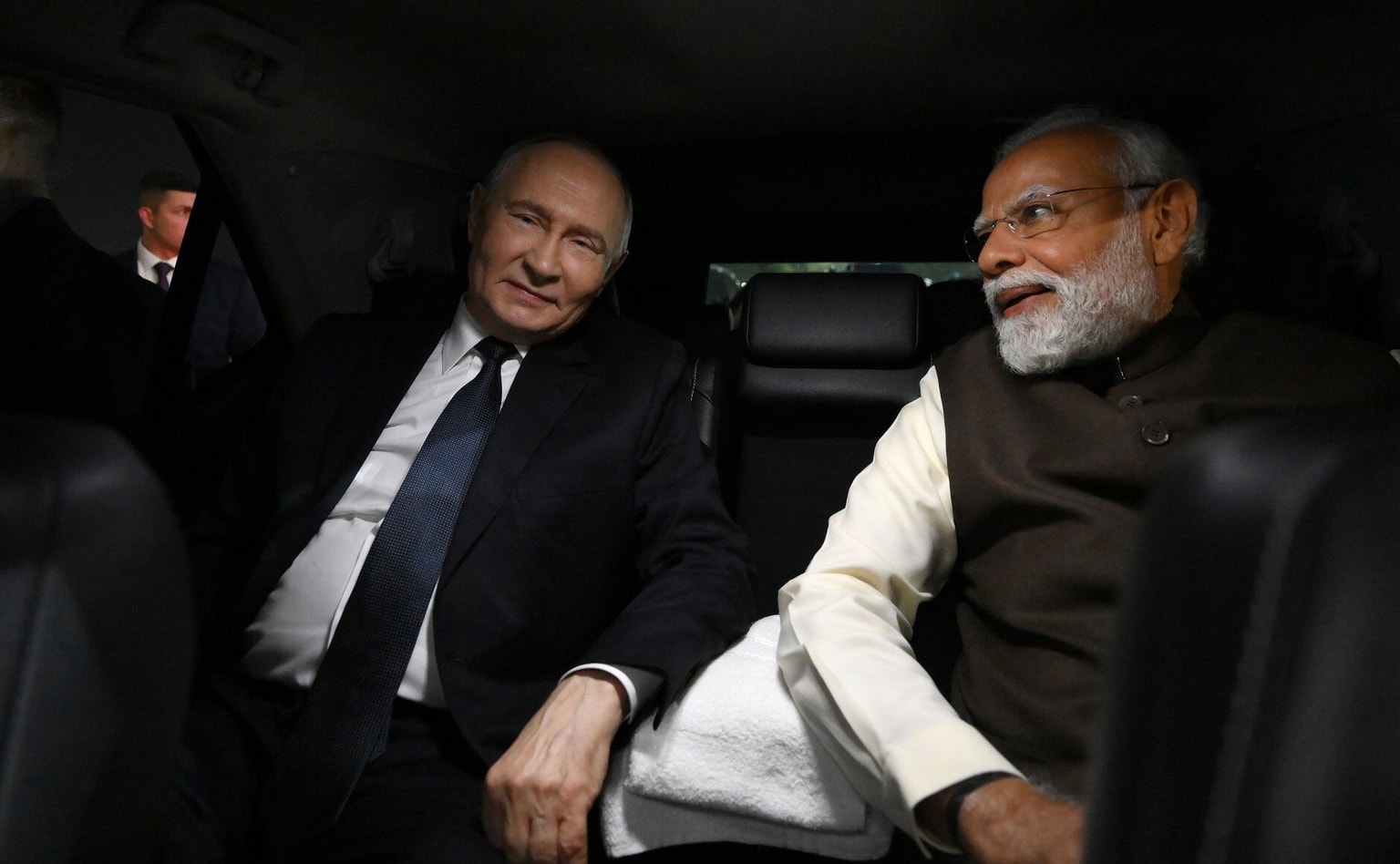IAEA chief to visit Russia's Kursk Nuclear Power Plant on Aug. 27

Rafael Grossi, the director general of the International Atomic Energy Agency (IAEA), will visit the Kursk Nuclear Power Plant in Russia on Aug. 27 due to safety risks associated with Ukraine's ongoing incursion, according to his statement.
The Kursk Nuclear Power Plant is located nearly 80 kilometers (49 miles) from the town of Sudzha, which was captured by Ukrainian forces in mid-August during Kyiv's ongoing incursion into Kursk Oblast.
On Aug. 9, the IAEA called on Ukraine and Russia to "exercise maximum restraint" to avoid a nuclear accident with potentially severe radiological consequences.
Grossi said that after the "increased levels of military activity" near the Kursk Nuclear Power Plant, he closely followed the developments on the ground.
The only way to confirm the safety of a nuclear power plant is to visit it to assess its condition, Grossi added.
"The safety and security of nuclear facilities must, under no circumstances, be endangered," Grossi said.
"This is an evolving situation, and it is vital when I arrive at the plant tomorrow (Aug. 27) that I see first-hand the situation and discuss modalities for further activities as may be needed to evaluate the nuclear safety and security conditions of the Kursk Nuclear Power Plant," he added.
Russian media reported that Russia is preparing to defend the Kursk plant as Ukrainian troops approach and have begun constructing defensive lines near it.
Earlier, Russia claimed that Ukraine was planning to attack the Kursk Nuclear Power Plant, as well as the Russian-occupied Zaporizhzhia Nuclear Power Plant in Ukraine, without providing evidence.
"We officially refute these false reports. Ukraine has neither the intention nor the ability to carry out such actions. Russia must stop spreading dangerous lies," Heorhii Tykhyi, Ukraine's Foreign Ministry's spokesman, said on Aug. 16.
The Zaporizhzhia Nuclear Power Plant, Europe's largest nuclear power plant, has been under Russian occupation since March 2022. Kyiv has repeatedly accused Russia of using the plant for nuclear blackmail and endangering its safety.
Kyiv said on Aug. 11 that Russian forces set fire to "a large number of automobile tires in cooling towers" at the nuclear plant in an effort to "create panic in the settlements (nearby)."
The IAEA said that nuclear safety at the Zaporizhzhia power plant had not been affected.












